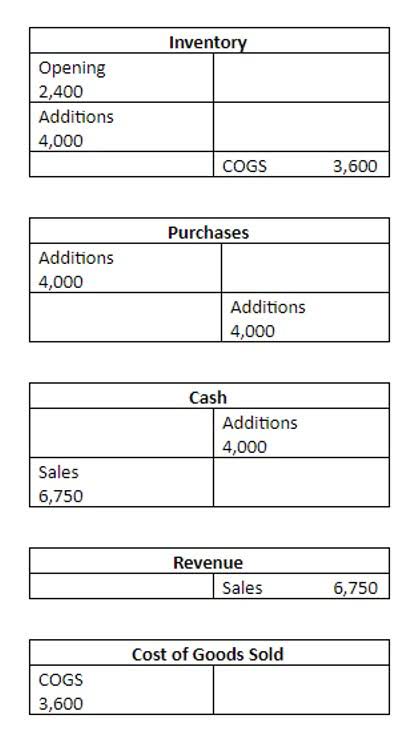
Gross profit margin is a type of profit margin where the cost of goods sold is subtracted from total revenue. It’s the most straightforward measure of profit margin and shows how much money a company retains after accounting for the cost of the goods. Many businesses regularly eliminate low-performing inventory or change their service offerings. But cutting low performers will lower your costs and increase your sales, which will raise your profit margin as well.
Final Thoughts: Evaluating Gross Profit Margin
To compute net income or the bottom line, costs are removed from revenue. Gross margin is concerned with the link between revenue and cost of goods sold; net profit margin considers all of a company’s expenses. Based on PG’s most recent quarterly gross profit of 47.38%, it has an excellent gross profit relative to its sector. The best way to interpret a company’s gross margin is to analyze the trends over time and compare the number to the industry and peers. Companies can use gross margin as a guideline to improve their operations and adjust pricing strategies. While the gross margin only accounts for a company’s COGS, the net margin accounts for COGS plus all indirect, interest, and tax expenses.
Accounting Crash Courses
If not, consider switching to a new retailer or asking for a discount from your current provider. It’s important to note that gross profit margins are very different for different industries. For example, businesses like banks and law firms that have low gross margin accounting input costs typically report very high gross profit margins. In these industries, a good gross profit margin is often in the high 90%. You can also use your gross margin percentage to compare your profits to those of similar businesses in your industry.

Implement Efficiency Measures
This indicates that 40% of the revenue is retained after covering the cost of goods sold. Gain dependable insights in just clicks and save your team time while enhancing financial accuracy. Identifying these inflection points can guide future strategies, enabling businesses to replicate successes and sidestep pitfalls.

It looks at a company’s gross profit compared to its revenue or sales and is expressed as a percentage. Gross margin is a profitability measure that’s expressed as a percentage. Gross profit can be calculated by subtracting the cost of goods sold from a company’s revenue. It sheds light on how much money a company earns after factoring in production and sales costs. A company’s gross margin is 35% if it retains $0.35 from each dollar of revenue generated.
Want More Helpful Articles About Running a Business?
A higher gross margin means a company has more money left over after selling its goods or services to pay for operating costs and expenses, marketing, and research and development expenses. This can result in higher profits and better financial health for the business. If you looked at the profit and loss statement of a major company and discovered it had generated $17 million in sales revenue, it would appear that the company is turning a hefty profit. But take a closer look at the income statement and you might be surprised to discover that the company had spent $16.8 million in that same accounting period. That’s because the company is spending nearly as much money as it’s receiving from gross sales. It measures how much revenue a company keeps after deducting basic operating costs, which can help businesses find opportunities to increase efficiency.
- Gross margin is something that all investors should consider when evaluating a company before buying any stock.
- You can also use promotions, rewards, and testimonials to promote your products and increase sales.
- The articles and research support materials available on this site are educational and are not intended to be investment or tax advice.
- Gross profit is the monetary value after subtracting the COGS from net sales revenue.

Leave a Reply